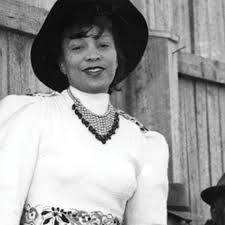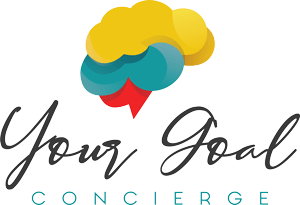Zora Neale Hurston: A Multifaceted Leader Whose Authenticity Inspires
Erica Kesse
During Black History Month, we celebrate the extraordinary contributions of African Americans throughout history. Among them is Zora Neale Hurston, a pioneering writer, anthropologist, and activist whose authenticity and resilience continue to inspire us today.
Hurston was a true original, unafraid to challenge societal norms and embrace her unique voice. She wrote about the experiences of Black people in the American South with honesty and humor, giving voice to the marginalized and challenging prevailing stereotypes.
As a leader, Hurston embodied authenticity in all she did. She refused to conform to expectations, instead choosing to live her life on her own terms. Her unwavering belief in herself and her work allowed her to overcome countless obstacles and leave a lasting legacy.

Why I Admire Zora Neale Hurston
As a therapeutic COO, I am deeply drawn to Hurston's authenticity. In a world that often values conformity and perfection, her ability to embrace her true self and share her unique perspective is incredibly refreshing.
Hurston's authenticity is also a key reason why clients choose to work with me. They appreciate my ability to connect with them on a genuine level and to understand their unique challenges. By creating a safe and supportive space where they can be themselves, I help clients to overcome obstacles, achieve their goals, and live more fulfilling lives.
How Hurston's Legacy Informs My Work
Hurston's legacy inspires me to bring authenticity and empathy to all my interactions with clients. I believe that when leaders are able to be their true selves, they create a more positive and productive work environment.
By embracing my own authenticity, I am able to:
* Build stronger relationships with clients based on trust and mutual respect
* Provide more personalized and effective support
* Create a work environment where clients feel comfortable sharing their challenges and aspirations
* Be an advocate for their thriving
Zora Neale Hurston was a true pioneer whose authenticity and resilience continue to inspire us today. As a leader, she showed us the power of embracing our true selves and using our voices to make a difference.
By incorporating Hurston's legacy into my work, I strive to create a more supportive and fulfilling experience for my clients. By being authentic, empathetic, and committed to their success, I hope to help them achieve their goals and live more meaningful lives.




